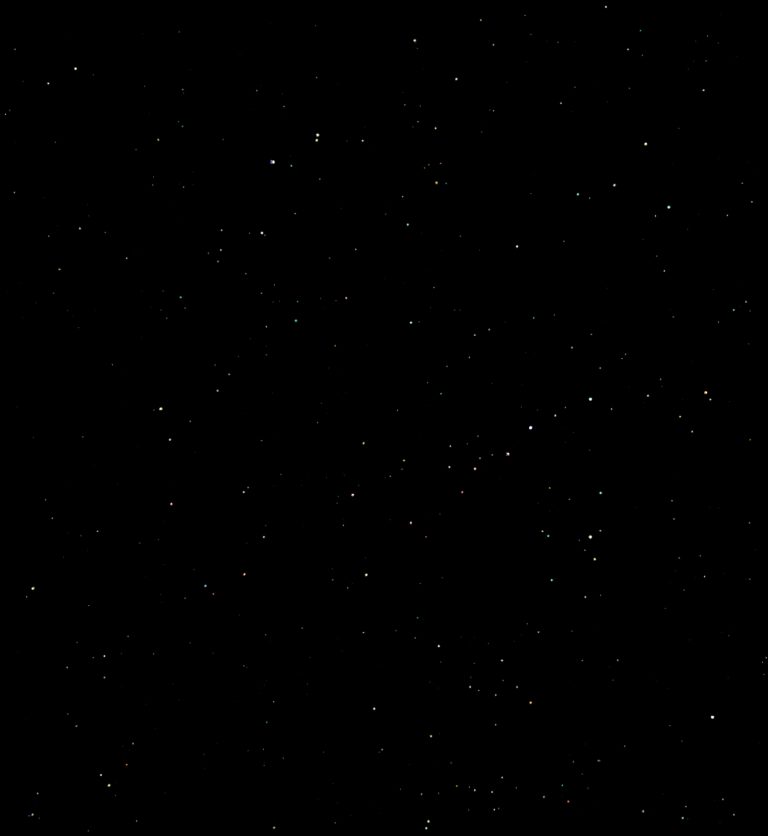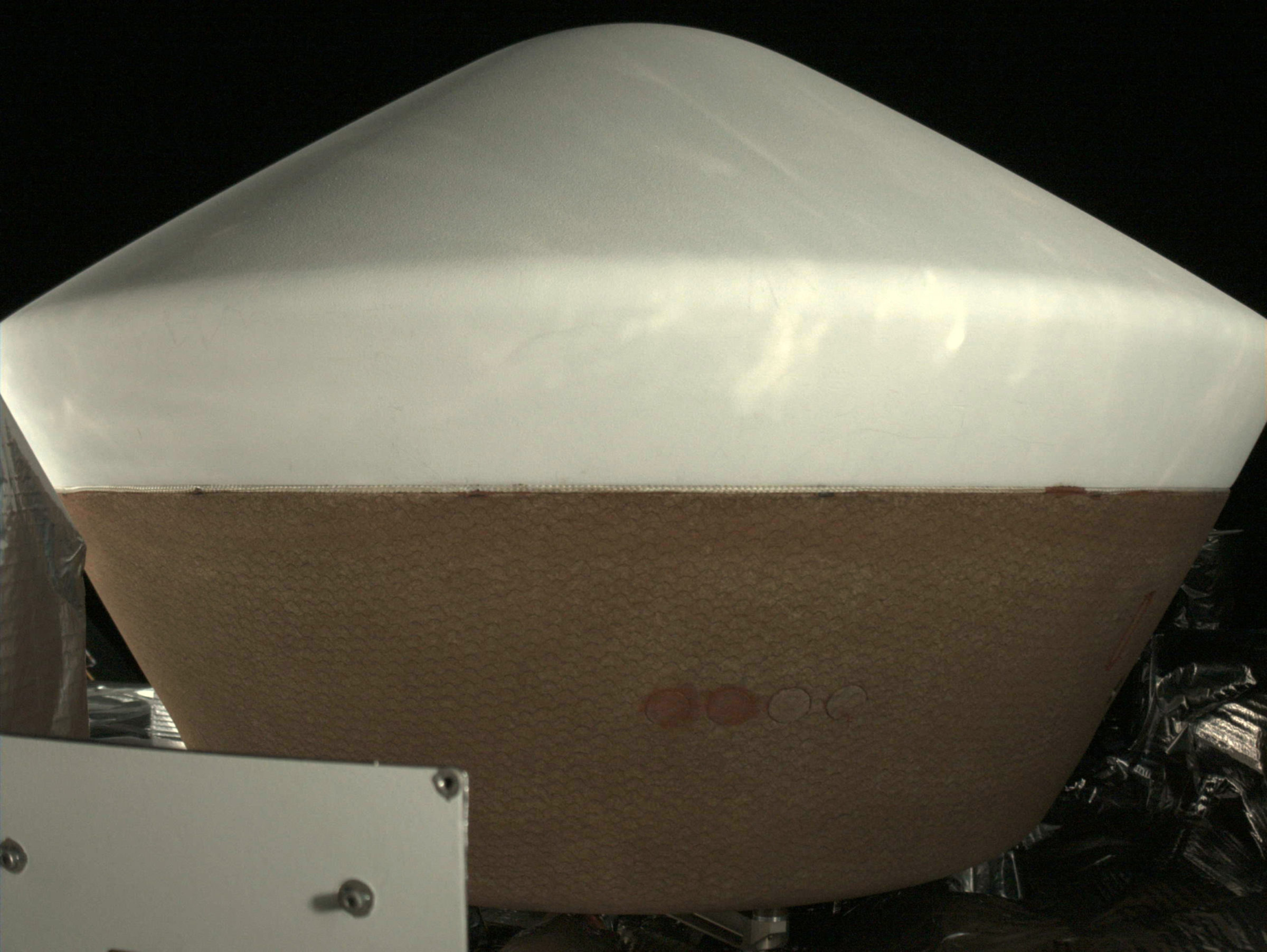Emily Lakdawalla • Sep 29, 2016
OSIRIS-REx’s cameras see first light
As OSIRIS-REx speeds away from Earth, it’s been turning on and testing out its various engineering functions and science instruments. My favorite proof of a happy instrument is data, especially camera data, so I’ve really been enjoying the series of “first light” images that OSIRIS-REx has been sharing over the past few weeks.
The first such image was this one, from the star tracker. Star trackers help a spacecraft understand its orientation in space, by shooting photos of the stellar background and comparing them to an onboard star catalog. With help from astrometry.net I can tell you that this particular bit of the sky lies deep in the southern hemisphere and includes Beta and Gamma Sculptoris.
Next we heard from all the science instruments, with visual evidence of fine performance from MapCam and PolyCam, two of the cameras within the OCAMS instrument suite. The three OCAMS cameras each have different fields of view; SamCam has the widest view, then MapCam has a view roughly 5 times narrower (and 5 times higher-resolution), and PolyCam’s view is another 5 times narrower and more detailed. The image below is from the middle-resolution MapCam, and shows a bit of the sky in Taurus. Astrometry.net had a harder time matching this one, presumably because of the wide view and hot pixels. These cameras are intended for much brighter targets (i.e. a nearby asteroid) so produce images that are a bit noisier when they’re used to image fainter sources like stars.

Finally, here’s my favorite image from the bunch. It was taken by StowCam, one of three cameras added to OSIRIS-REx for navigation and engineering purposes. StowCam is for documenting the process of transferring the sample canister to the sample return capsule, and as you can see it’s doing a great job of showing us how the sample return capsule looks!

Here’s a diagram to help you understand the geometry of StowCam’s point of view:

Congratulations to the OSIRIS-REx team on the successful operation of their sensors and science instruments! I can’t wait for next year’s Earth flyby, when we’ll get to see them tested out on nearby targets.
Support our core enterprises
Your support powers our mission to explore worlds, find life, and defend Earth. You make all the difference when you make a gift. Give today!
Donate

 Explore Worlds
Explore Worlds Find Life
Find Life Defend Earth
Defend Earth


